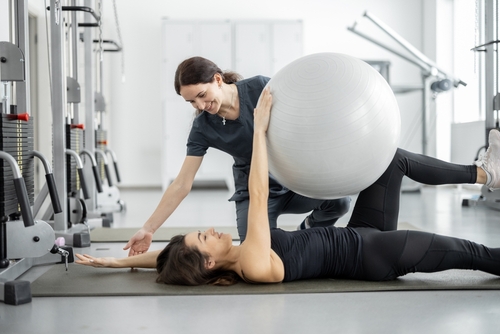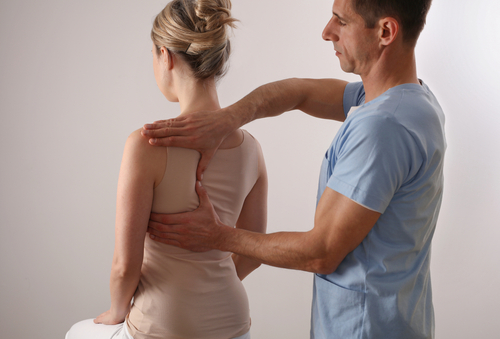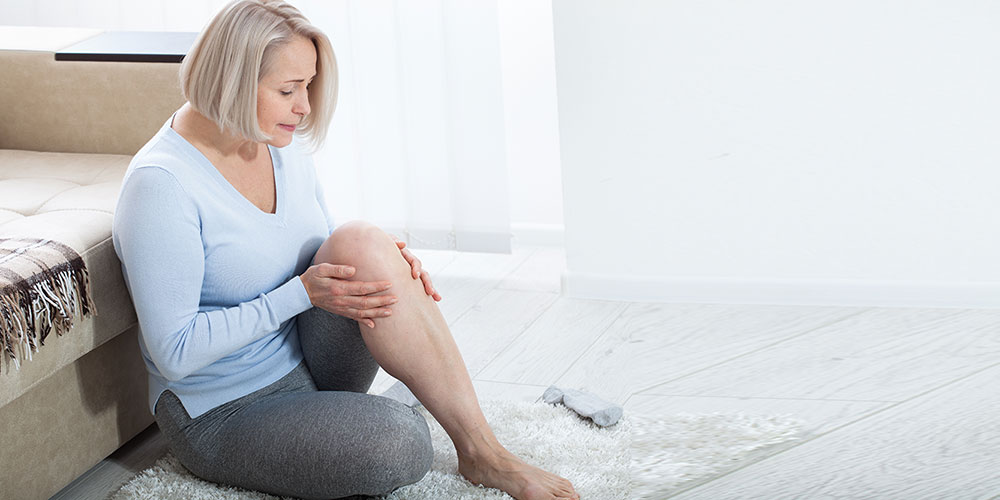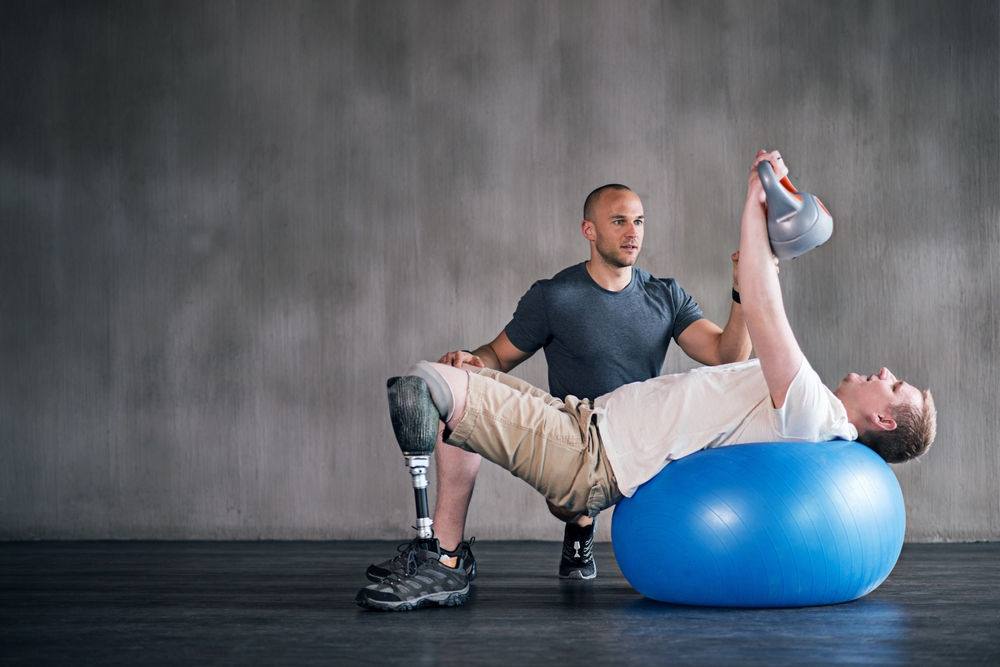Make an Appointment
Pregnancy can be the most beautiful and amazing time in a woman’s life. To grow a human inside you is a truly an astonishing and remarkable thing to do. Unfortunately, it can also be some of the hardest and most painful months a woman can endure.
Along with nausea, vomiting, and a wide range of pregnancy-specific complaints like gestational diabetes, preeclampsia, and cholestasis, pelvic pain can also be a hugely limiting factor to enjoying pregnancy.
Here, we’re going over what causes pelvic pain during pregnancy and some pelvic pain pregnancy tips to try when it becomes too much to bear.
What causes pregnancy pelvic pain?
The surges of hormones at different points in pregnancy increases the laxity of ligaments and the angle in which your pelvis sits. Basically, you become floppier and wider. These things are essential to successfully carry and deliver your child but sometimes the body needs a bit of help to cope with these changes.
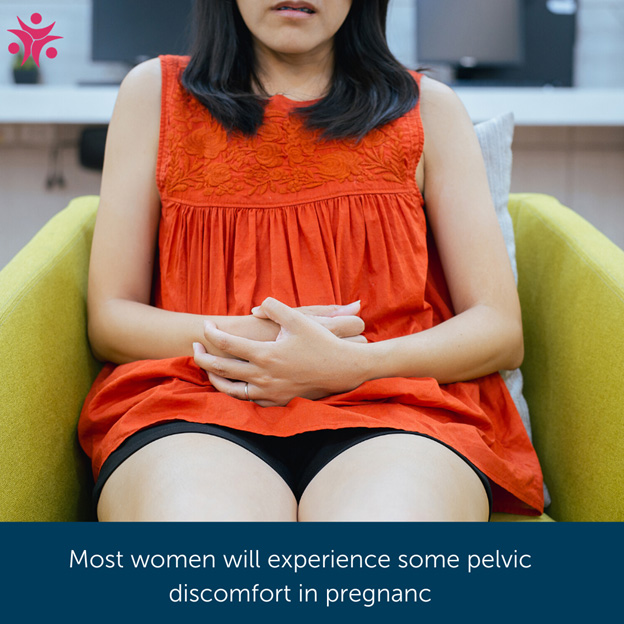
The common points of pelvic or lower back pain that can trouble you in pregnancy are:
- Around 8 weeks in the first trimester when levels of the hormone known as relaxin are the highest. This hormone inhibits uterus contractions, relaxes blood vessels to increase blood flow to the placenta, and relaxes the ligaments which increase joint mobility.
- Around 22 weeks in the second trimester when progesterone levels are starting to rise. This hormone stimulates the growth of blood vessels to the uterus and placenta, inhibits contraction of the uterus so it can grow with the baby and strengthens pelvic wall muscles for labour.
- Around 36 weeks on in the last few weeks of the third trimester when the body is holding around 12 extra kilograms in the pelvis.
It’s important to notice when you start feeling pelvic pain since this may slightly change the treatment needed or the things that will help decrease your pain.
For example, if you are getting pelvic pain early in pregnancy, it can indicate you are particularly sensitive to relaxin meaning you might need to increase stability to decrease pain.
OR if you experience pain around the five-month mark in pregnancy it could mean you are particularly sensitive to progesterone and the stimulation to strengthen the pelvic wall muscles are causing discomfort or can even spasm in some cases. Therefore, you may need to find a way to relax these muscles.
If you don’t get pain until the last month of pregnancy, while you can count yourself as lucky don’t just accept it as unavoidable – there are still some ways you may be able to help relieve the pressure and pain!
10 Ways to Reduce Pelvic Pain in Pregnancy
Try these simple ways to help with your pregnancy pelvic and lower back pain:
- Stand with your weight evenly distributed across both feet and avoid standing on one leg or with more of your weight on one leg over another. Avoid stairs. If you have another child don’t stick your hip out and carry them on one side and sit down to put on shoes and pants. The sheering force on your pelvis when on one leg is increased and with the increased movement, this can lead to excess movement and pain.
- When bending, bend at your knees and hips rather than your lower back. If you have another child and are changing nappies, ensure the change table is high enough so you’re not bending forward. The excess weight at the front means the muscles at the spine need to work harder to hold you up when can cause pain or pull on your pelvis.
- When getting out of the car, rotate your body with your knees together to put both feet on the ground before pushing through your feet to stand. Don’t step out on one leg with your legs apart as the sheering and opening forces on your pelvis can cause pain.
- Don’t cross your legs when sitting. The twisting of your pelvis can compress the soft tissues with its extra movement and cause pain.
- Avoid carrying heavy items. If you have another child carry them in front of your body and close to you, evening the load over your pelvis.
- Before standing, after sitting, and when rolling in bed, gently turn on your core before moving. If you are unsure how to do this properly then be sure to see a physiotherapist who has experience in treating pregnant patients
- Wear a silk nightie and use more slippery sheets to make turning in bed easier.
- Sleep with a pillow in between your knees to ensure the top leg doesn’t fall in front or behind the bottom leg. This can help avoid putting a twist in your lower back and pelvis.
- A maternity belt may be required to help you move around throughout the day. It’s best to discuss the appropriate one with your physiotherapist.
- If you are in severe pain or any of the above hasn’t helped then seeing a physiotherapist who is trained to assess and treat lumbopelvic dysfunction. They can teach you some gentle exercises and stretches and help provide some pelvic support through the remainder of your pregnancy.
We hope these tips help you find ways to relieve and cope with your pregnancy-related pelvic or lower back pain to ensure this is a positive time in your life.
Just remember that while you may feel much better, and likely be very distracted by the new gorgeous addition to your family, pregnancy is very hard on your body. Before starting any activity or returning to sport or exercise, get assessed by a physiotherapist to reduce the risk of injuries.
Combining physiotherapy treatment with exercise therapy for the best outcomes for women in both pregnancy and postnatal periods
To talk to one of our friendly, expert physiotherapists about your pregnancy, give us a call. Our clinic and mobile services are here for you!
Book an online home or mobile service anywhere in Australia today.
Date Published: Thursday, February 13, 2020
Locate a Womens Health Physiotherapy
Service Near me
Get the experience & convinence you deserve to support your or a loved one's allied health needs.
Our Womens Health Physiotherapy team are currently serving & taking appointments in the following states and regions in Australia:
Need to get into direct contact with ur Client Services team? We're all ears. Call our team directly on 1300 731 733

